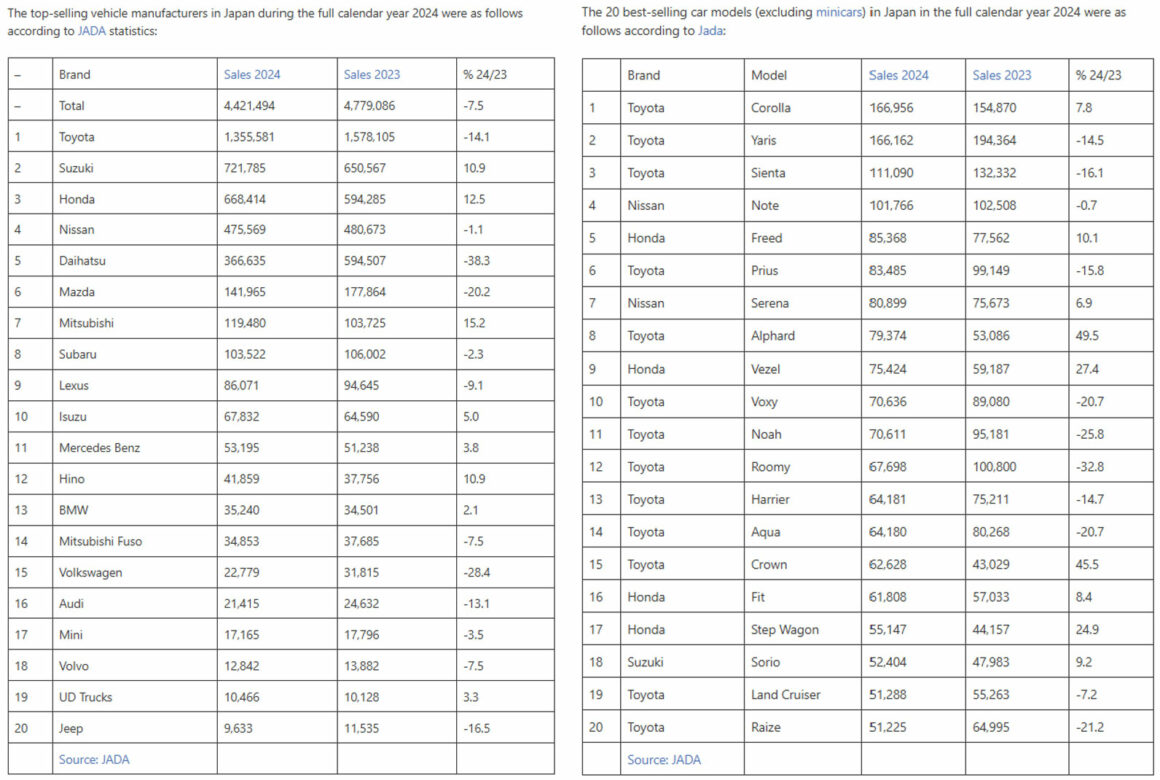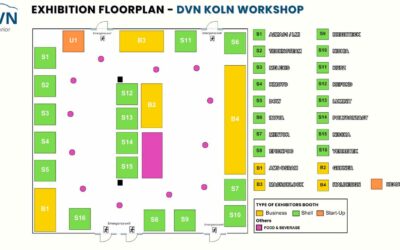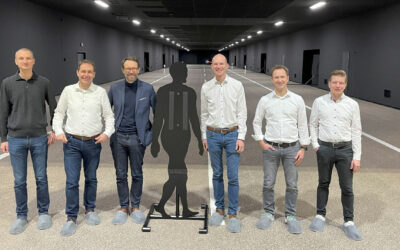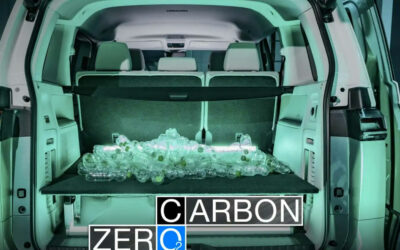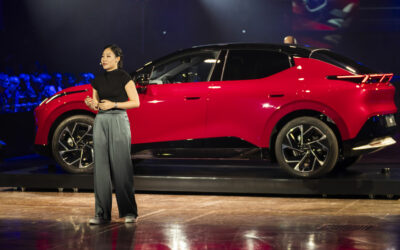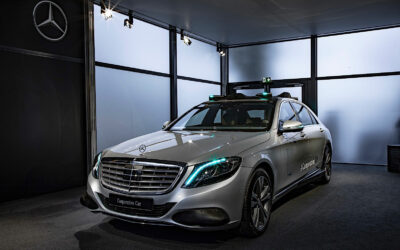In order to prepare for the upcoming DVN Tokyo event, I took time to analyse in detail the Japanese automotive market. For that I used the data from JAMA (Japan Automobile Manufacturers Association), JADA (Japan Automobile Dealer association) and Marklines database. This in-depth is aimed at those who are not experts on the Japanese market. With a total production of 9 million vehicles—the world’s № 3 vehicle producer—passenger cars represent 86 per cent of the total.
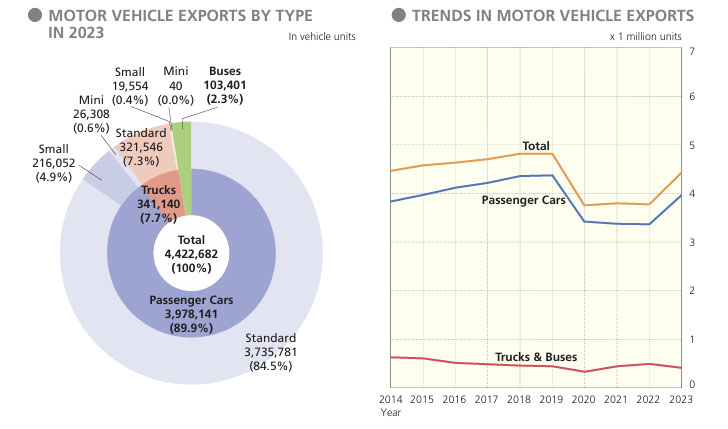
Vehicle registrations (proxy for sales) represent only 50 per cent of the production value, with a 2023 market about 4.8 million vehicles. 83 per cent were also passenger cars. What is really important in Japan is the export rate, which is quite unique: 4.4 million exported vehicles in 2023, 90 per cent of which were passenger cars.
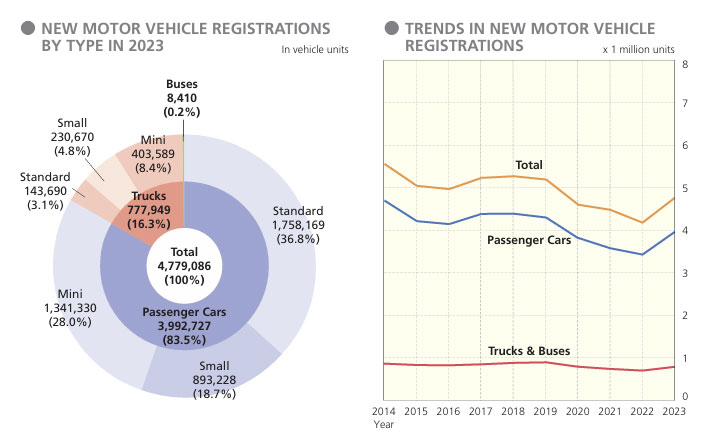
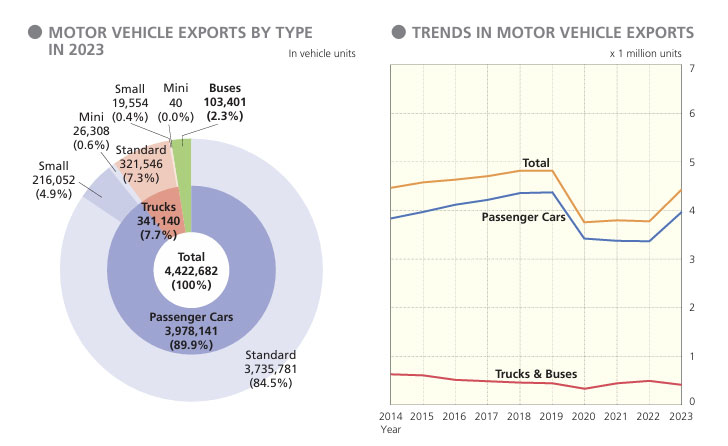
Motor vehicle export represents 21.5 per cent of all global exports from Japan!

Japan is fourth in the world for the number of registered vehicles, after China, USA, and India.
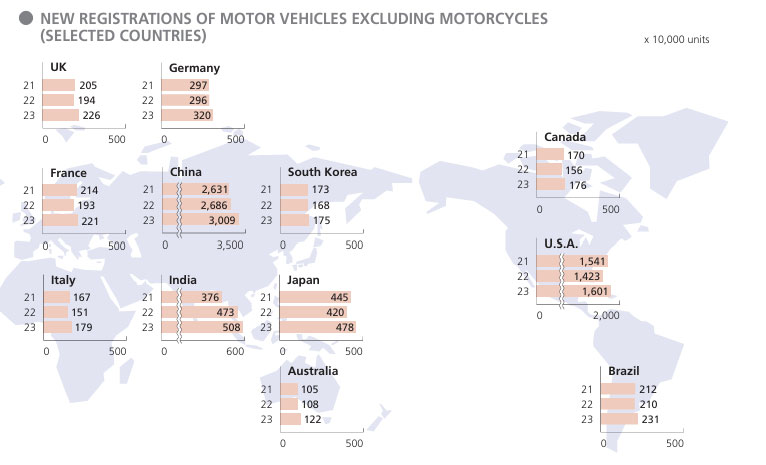
Motor vehicle exports increased in 2023 from the previous year to North America (1.72 million units), Europe (775,100 units), the Middle East (490,000 units), Oceania (469,000 units), and Latin America (277,000 units), but decreased to Asia (575,000 units) and Africa (107,000 units).
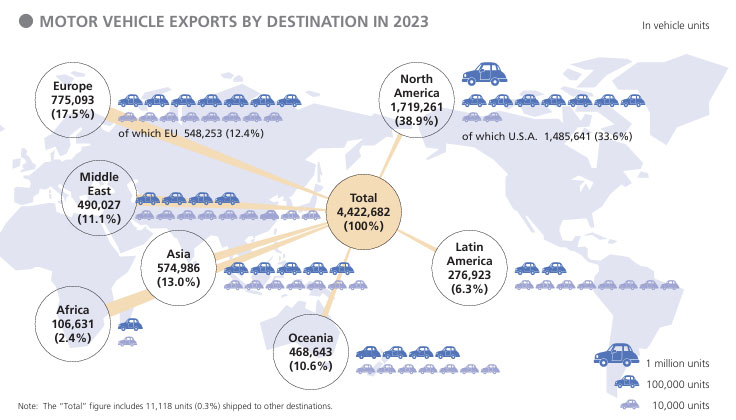
At the same time, vehicle imports are low-low, almost nothing. Sales of new imported vehicles in Japan in 2023 totalled 311,000 units, a figure quite stable over 10 years’ time.

If we have a look on the motorbike business, overall domestic motorcycle production in 2023 was 683,000 units. Sales were 405,000 units, and exports were 518,000 units.
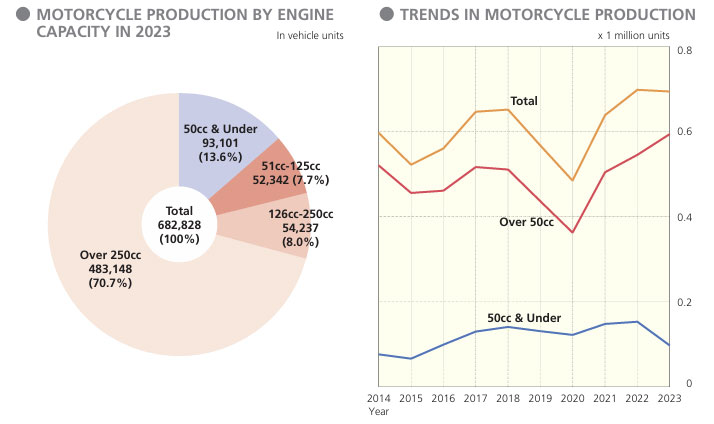
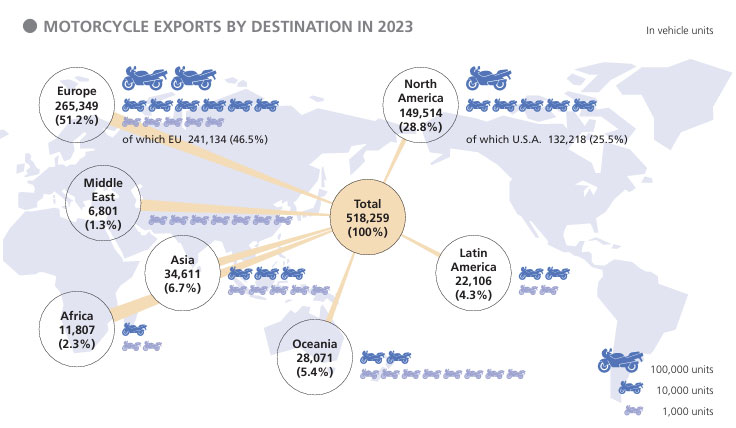
The vehicle market has a special category in Japan, unique in the world, for mini vehicles, the widely-known ‘kei car’ class representing more than one third of the market.

Kei cars have reduced technical specifications, low prices, and low taxes.
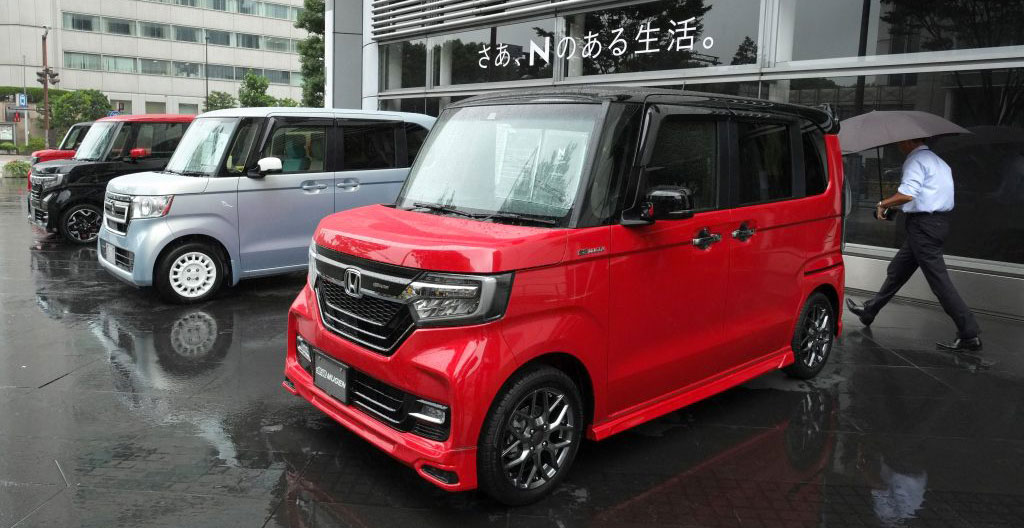
Turning to the vehicle lighting market: with an average value of €300 per car for all lighting equipment, we can estimate a market value around €3bn (including a 10 per cent additional value for aftermarket). This basket price is relatively lower compared to Europe, mainly due to the fact that technical content for kei cars is lower, and kei cars represent more than one third of the total volume.
Koito, worldwide leader in vehicle lighting, had ¥709bn in revenue in fiscal year 2022 for their vehicle lighting business unit, with 41.1 per cent in Japan—that’s according to their Koito Integrated Report 2022. This represents around €1.8bn revenue in Japan.
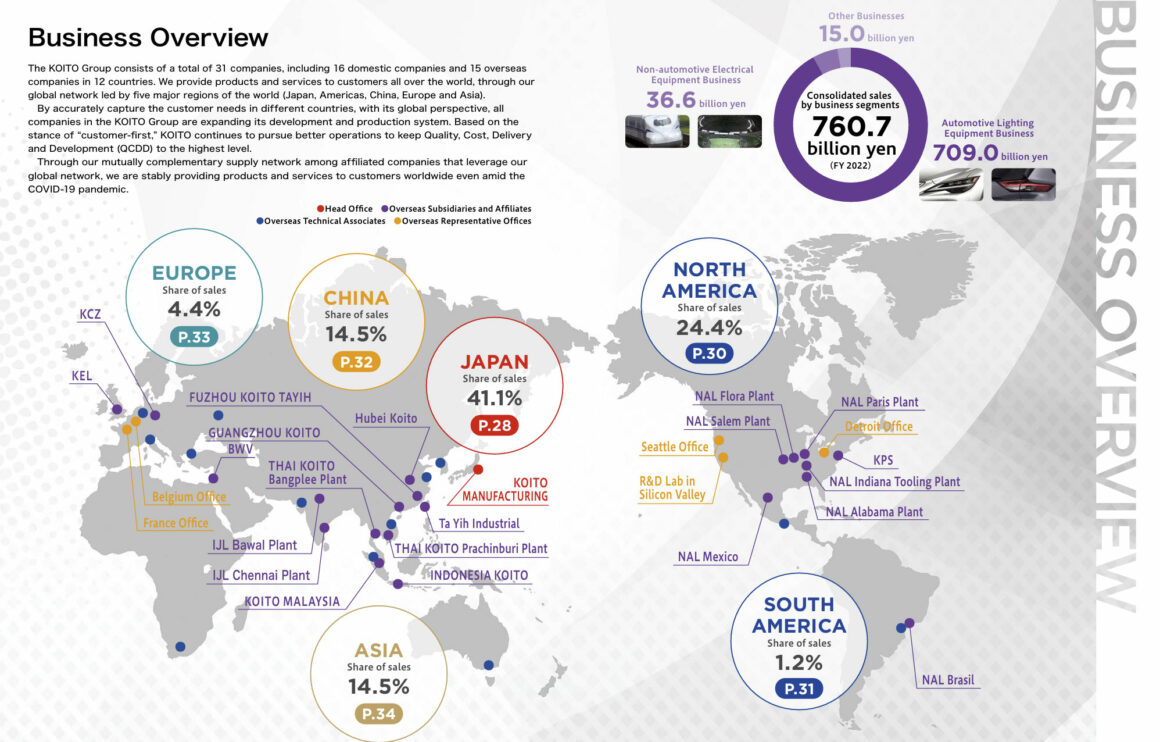
Stanley Electric‘s revenue for vehicle lighting represented 81.8 per cent of their total revenue in fiscal year 2023 (¥354bn). We can add to this value their electronic components business focused on the LED market (revenue ¥40bn in FY22).
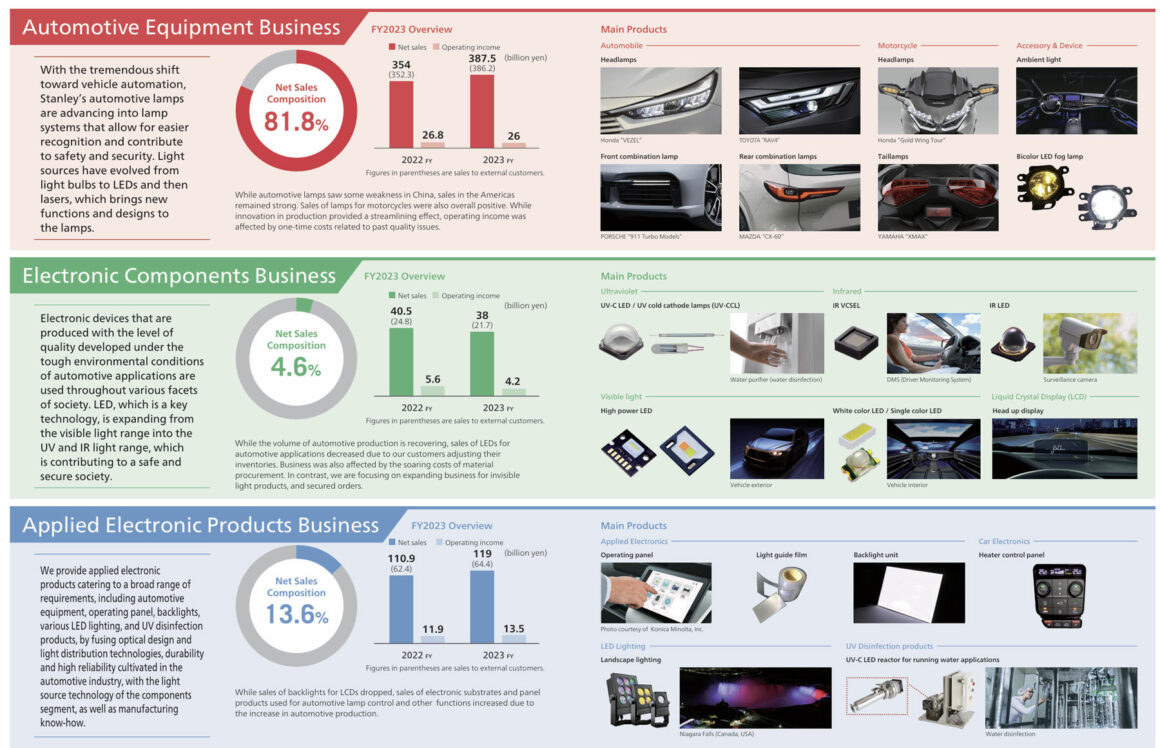
Based on Markline figures, we can estimate a vehicle lighting revenue in Japan in FY22 of €600m.

Ichikoh, part of the Valeo group, mentioned in their FY24 report a lighting revenue of ¥121bn, of which ¥87bn in Japan, equivalent to €550m.
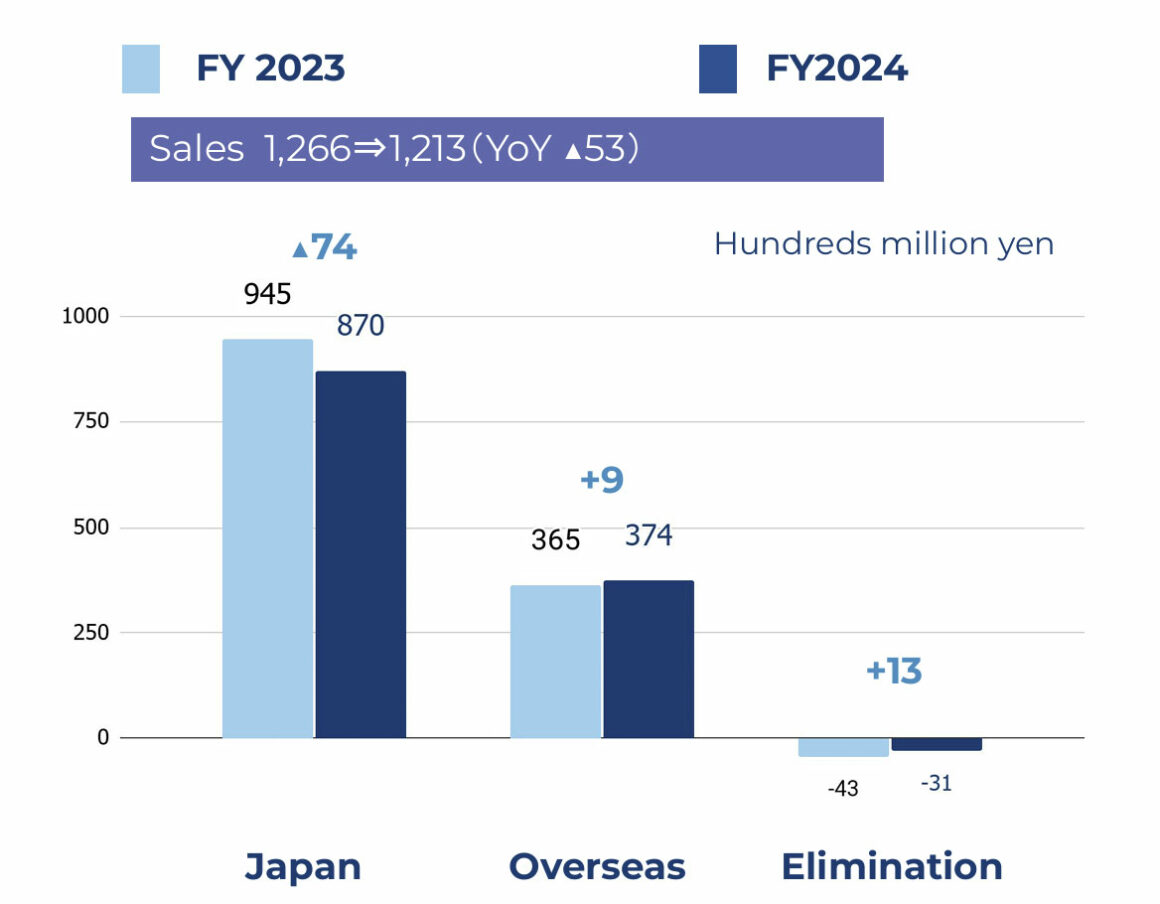
To sum up, here’s some data about automaker market share and best-selling vehicles from JADA:
